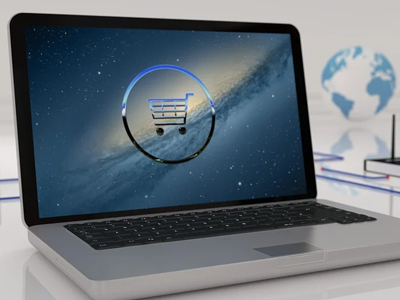The development of Ionic apps is truly exceptional. They have kept the promise to run all types of codes on numerous screen sizes and platforms once the app gets ready. This can work and make the appearance a lot better on the targeted devices, but at the very first stage, it may not be for everyone.
As per the expert and knowledgeable app development company in Australia, users must focus on 4 crucial parts especially if they are looking to use the app on both website and mobile device. We know that everything is already built, in Ionic apps, but sometimes it is easier to forget the usefulness.
Setting up a fixed grid
Ionic is based on a grid system and is made on flexbox. This can be used for adapting content and making the same, responsive. The development process can be customised as per the needs by defining the custom grids breakpoints and widths to come up with the resolution. It is important to limit the width of the grid to make the content navigation easier. This can be done by removing x1 breakpoint. The platform of Ionic is able to handle this without any issue.
Setup of starting template
You need to run the command for starting a new Ionic application with the template on the side menu. Doing this requires some basic steps with a couple of pages and a side menu (or else the name may look bad). However, it is also required to make HTTP calls and thus, using new HttpClient is available for Angular 5 and Ionic 3.9.0
import { BrowserModule } from ‘@angular/platform-browser’;
import { ErrorHandler, NgModule } from ‘@angular/core’;
import { IonicApp, IonicErrorHandler, IonicModule } from ‘ionic-angular’;
import { MyApp } from ‘./app.component’;
import { HomePage } from ‘../pages/home/home’;
import { ListPage } from ‘../pages/list/list’;
import { StatusBar } from ‘@ionic-native/status-bar’;
import { SplashScreen } from ‘@ionic-native/splash-screen’;
import { HttpClientModule } from ‘@angular/common/http’;
@NgModule({
declarations: [
MyApp,
HomePage,
ListPage
],
imports: [
BrowserModule,
IonicModule.forRoot(MyApp),
HttpClientModule
],
bootstrap: [IonicApp],
entryComponents: [
MyApp,
HomePage,
ListPage
],
providers: [
StatusBar,
SplashScreen,
{provide: ErrorHandler, useClass: IonicErrorHandler}
]
})
export class AppModule {}
Working with Ionic apps is certainly interesting, however, if things do not take the right turn and coding seems confusing, simply call the experts who can handle take care on your behalf. Hire an app development company in Australia who understand working with Ionic platforms and can help you develop an amazing application for both website and mobile devices.





